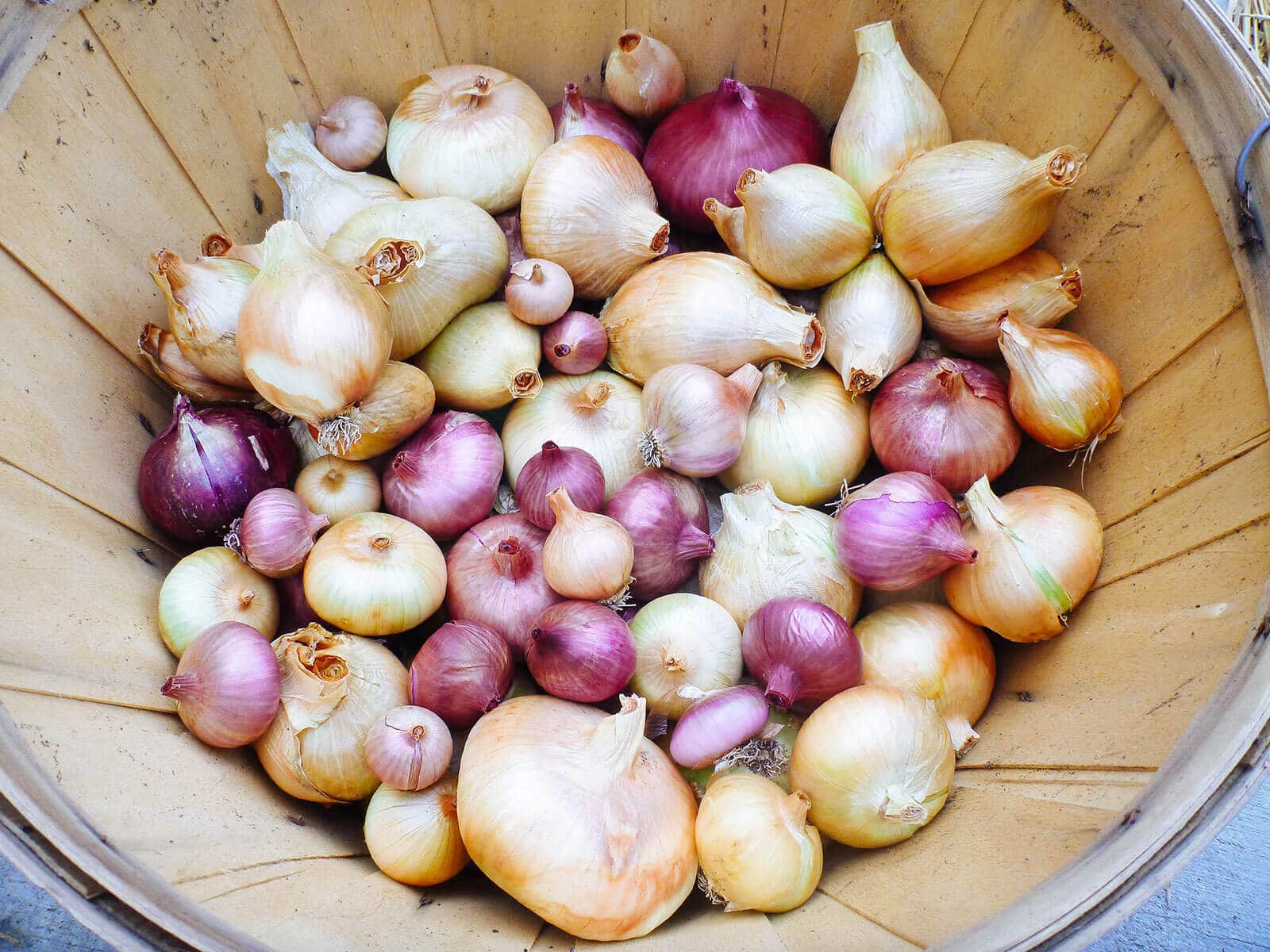Imagine stepping into your living room or backyard and being greeted by the lush, tropical foliage of a thriving banana plant. Whether you’re aiming for that exotic jungle aesthetic or desire to harvest your own fruit, growing a banana plant can be a rewarding endeavor. This guide will show you how to cultivate these magnificent plants both indoors and outdoors, transforming your space into a slice of paradise.
From the dense rainforests to your cozy apartment, banana plants bring a touch of the tropics to any environment. They’re not only visually stunning but also serve as natural air purifiers. Let’s embark on the journey of growing your own banana plant and reaping all the jungle feels right at home.
How to Grow Banana Plants Indoors or Outdoors for That Jungle Aesthetic?
Whether you’re an urban gardener or have ample outdoor space, banana plants can flourish in a variety of settings. The key to success lies in replicating their natural habitat as closely as possible. For indoor plants, ensure they receive plenty of sunlight and humidity. When growing outdoors, choose a protected area that avoids cold drafts and provides rich, well-draining soil.
Consistent care is crucial for these tropical beauties. They thrive in warm conditions with plenty of moisture, both in the air and in the soil. Balancing these elements will encourage lush growth, making both indoor and outdoor environments feel like a tropical haven.
Do not overlook the importance of pot size and soil quality. Banana plants have vigorous root systems and require room to expand. A large pot with the right soil mix promotes healthy growth, whether on your patio or in your sunroom.
Banana plants, with their dramatic leaves, become the focal point of any area. Their rapid growth and dense foliage will quickly fill in any empty spaces, creating that sought-after jungle vibe.
What Are the Types of Banana Plants?
The world of banana plants is diverse, with over 70 species to choose from. Varieties range from the popular Musa acuminata, the main source of commercial bananas, to ornamental types like the striking Red Banana. Each species has unique traits, from the flavor of their fruit to the color of their leaves.
One of the most well-known varieties for home growing is the Dwarf Cavendish. This cultivar is ideal for indoor cultivation due to its smaller stature. But don’t be fooled by its size; it still produces ample foliage and, with proper care, edible fruit.
For those looking to add a pop of color, the Red Banana offers deep red to purple leaves. While not commonly grown for its fruit, this variety is a showstopper in terms of aesthetics.
Choosing the right type of banana plant will depend on your growing conditions and what you’re hoping to achieve with your indoor or outdoor jungle.
How Do You Choose the Right Banana Variety?
Selecting the right banana variety involves considering your space constraints and aesthetic goals. If you’re limited in space, a dwarf variety like the Dwarf Cavendish is perfect for indoor growth. For those with more room, options like the Musa basjoo can provide dramatic height and foliage outdoors.
When choosing a banana plant, also think about whether you want to harvest fruit or simply enjoy the plant for its ornamental value. Some varieties are more suited to fruit production, while others are grown for their stunning leaf coloration and patterns.
Consider the climate of your area. If you live in a region with cold winters, ensure you select a variety that can be easily moved indoors or is cold-tolerant. The Musa basjoo, for example, can withstand cooler temperatures to some degree.
Consult a local nursery or gardening community for advice on what banana varieties grow well in your region. Local expertise can guide you to a variety that will thrive in your specific environment.
What Are the Best Growing Conditions for Banana Plants?
The ideal growing conditions for banana plants mirror their native tropical climate. They require warmth, high humidity, and consistent moisture. Indoor growers should aim to provide these conditions through the use of humidifiers, regular watering, and by placing the plant in a warm, sunny spot.
For outdoor growing, select a location that receives full sun for most of the day. Banana plants also prefer soil that is rich in organic matter and well-draining. Mixing compost or aged manure into your soil can improve its fertility and structure, supporting robust growth.
While banana plants love water, they detest waterlogged roots. Ensure pots have adequate drainage holes and outdoor planting sites do not collect standing water.
Wind protection is also important, especially for outdoor plants. Banana leaves are large and can be easily damaged by strong winds, so consider planting in a sheltered location or providing a windbreak.
Lastly, be prepared for growth spurts during the warmer months. Banana plants can grow rapidly when conditions are optimal, necessitating occasional pruning and repotting to keep them manageable and healthy.
How to Grow a Banana Plant Indoors?
Growing a banana plant indoors can be a delightful challenge. The key is to recreate the warm, moist conditions they love. Place your banana plant near a large, sunny window where it can bask in the sunlight for most of the day.
Maintain the humidity around your plant. This can be done by using a humidifier, misting the leaves regularly, or placing a tray of water near the plant to evaporate and increase moisture levels.
Feeding your indoor banana plant is also important. Use a balanced, slow-release fertilizer or one specifically designed for tropical plants to provide the nutrients it needs to flourish.
Watch out for pests such as spider mites and aphids, which can be more prevalent in the dry conditions of a home. Regularly inspect your plant and treat promptly with organic solutions if necessary.
Remember to rotate your plant periodically to ensure even growth on all sides, as they will naturally reach toward the light source.
How to Grow a Banana Plant Outdoors?
When planting a banana outdoors, choose a spot that gets plenty of sunlight and is protected from strong winds. The soil should be rich, deep, and well-drained, as banana plants are heavy feeders and require consistent moisture.
Start by digging a hole that is as deep as the root ball and twice as wide. This provides the space needed for the roots to spread out. When planting multiple banana plants, space them at least 2.5 to 4 meters apart to allow for ample growth.
Water your banana plant generously right after planting to settle the soil and eliminate air pockets. Continue to provide regular, deep watering, especially during the hot summer months, but avoid overwatering which can lead to root rot.
Fertilize your outdoor banana plant with a high-potassium fertilizer to encourage fruit production and overall health. Apply according to package instructions, but typically, during the growing season, a monthly application works well.
As the plant grows, remove any dead leaves and spent fruit stalks to encourage new growth and maintain a tidy appearance. In cooler climates, protect your banana plant during the winter by mulching heavily or moving potted plants indoors.
What Are the Common Questions About Growing Bananas?
What are the best conditions for growing banana plants indoors?
For successful indoor banana plant growth, provide bright, indirect sunlight, high humidity, and temperatures between 60-80°F (15-27°C). Use well-draining soil and water the plant when the top inch of soil feels dry. Fertilize regularly with a balanced, slow-release fertilizer.
Avoid placing your banana plant near air conditioning vents or heaters, as these can create drafts and fluctuations in temperature that are not conducive to growth. Additionally, consider grouping plants to create a microclimate with higher humidity, beneficial for tropical plants.
How long does it take for a banana plant to produce fruit?
Banana plants can take anywhere from 9 months to a year to produce fruit after planting. The exact timing depends on the variety, growing conditions, and whether the plant was started from a sucker or seed. Patience and proper care are key to enjoying your own homegrown bananas.
It’s important to note that not all indoor banana plants will produce fruit. Factors such as insufficient light, humidity, or the wrong variety can affect fruiting. However, the foliage alone makes banana plants an attractive addition to indoor spaces.
Can banana plants survive winter indoors?
Banana plants can survive winter indoors if they are kept in a warm environment with sufficient light. Reduce watering and fertilizing during the cooler months, as the plant’s growth will slow down. If temperatures drop below 50°F (10°C), consider using a grow light to supplement natural light.
For outdoor banana plants in pots, move them indoors before the first frost. Gradually acclimatize them to indoor conditions by reducing light exposure over a few weeks to prevent shock.
What pests affect banana plants and how can I control them?
Banana plants can attract pests like spider mites, aphids, and mealybugs. To control these pests, regularly inspect your plant, especially under the leaves. Use a mild soap solution or neem oil to treat infestations early, and increase humidity to deter spider mites.
Preventive measures, such as maintaining good air circulation and avoiding overwatering, can also help keep pests at bay. Introducing beneficial insects like ladybugs into your garden can provide natural pest control as well.
How often should I water my banana plant?
Water banana plants deeply when the top inch of soil feels dry, which can be as often as once a week during their active growing season. They require less water during the winter months. Ensure proper drainage to prevent root rot, a common issue with overwatering.
For both indoor and outdoor plants, keeping a consistent watering schedule is key to preventing stress and promoting healthy growth. Use rainwater or dechlorinated tap water for the best results.
As you delve into the world of growing your own banana plant, remember that each variety and growing environment is unique. With the right conditions and care, you can enjoy the jungle feels and perhaps even your own homegrown bananas. Happy gardening!





